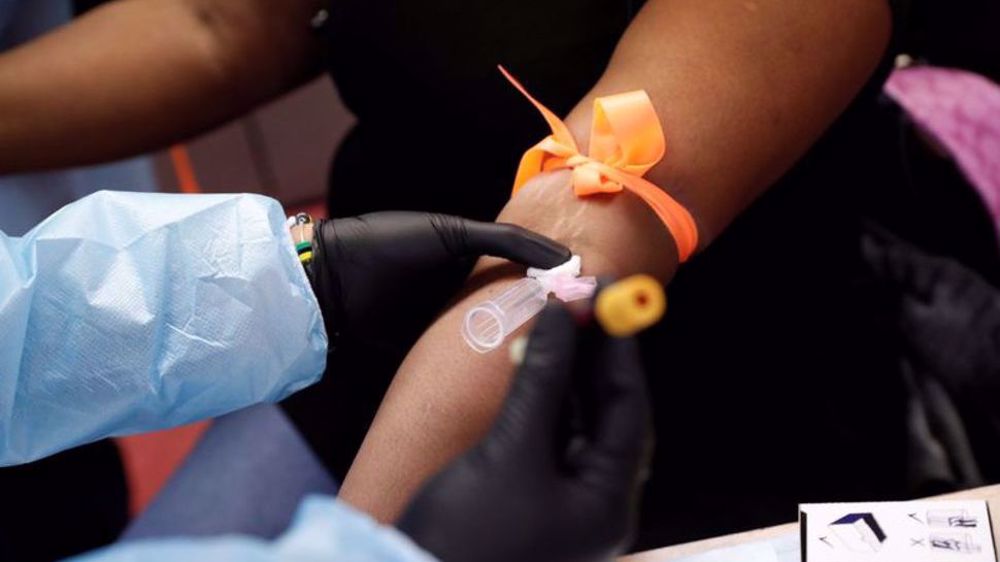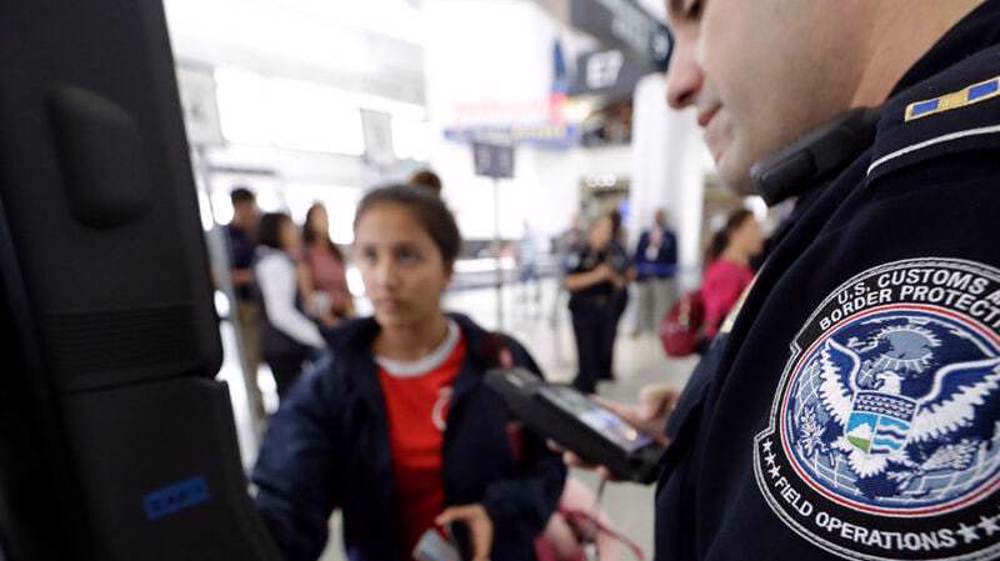Hispanics, African Americans hit hard in US COVID-19 hotspot counties: CDC
US coronavirus hotspots had disproportionately high numbers of cases among communities of color, according to an analysis on Friday by the Centers for Disease Control and Prevention (CDC).
The report adds to a growing body of evidence that long-standing health and social inequities have resulted in increased risk for infection and death from COVID-19 among communities of color, the CDC said here
In 79 counties identified as hotspots that also had information on race, 96.2% had disparities in COVID-19 cases in one or more minority racial and ethnic groups between February and June, researchers concluded.
The largest disparities were reported among Hispanic people in hotspot counties (3.5 million people), followed by African Americans (2 million). Asian populations were disproportionately affected by COVID-19 in a small number of hotspot counties, but the Asian racial category is broad and further analyses might provide additional insights, the researchers said.
The study did not assess disparities in COVID-19–related deaths because of the lack of available county-level mortality data, but the researchers said existing national analyses show there exists differences in COVID-19 deaths and similar patterns were likely to exist at the county level too.
Apart from long-standing discrimination and social inequities, other factors such as economic and housing policies, employment in meat packing, agriculture, service and health care sectors, and living in multifamily households could increase risk for transmission, the researchers said.
Researchers pointed out more than half of the hotspot counties did not report sufficient race data and had to be excluded from the analysis. Further, health departments differ in the way race and ethnicity are reported.
These data gaps, combined with differences in access to COVID-19 testing, might limit findings, the researchers said.
Still, the analysis highlights the need to develop culturally responsive, targeted interventions with organizations within communities of color to reduce COVID-19 disparities.
(Source: Reuters)
VIDEO | Press TV's news headlines
VIDEO | Israel plans massive separation wall in Jordan Valley
VIDEO | Human rights outcry: 110 Palestinian prisoner deaths since Ben-Gvir took office
VIDEO | Hundreds in Lyon decry repression targeting pro-Palestinian figure
VIDEO | Iran marks Mother’s Day with celebrations
UK threatened to cut ICC funding over Netanyahu arrest warrant: Prosecutor
UN says US must lift restrictions on Iranian diplomats
Beacon of justice: Hazrat Fatima Zahra’s lasting legacy in shaping women's role in society











 This makes it easy to access the Press TV website
This makes it easy to access the Press TV website